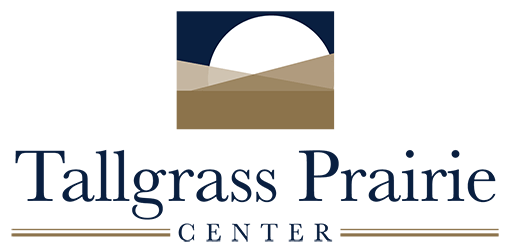After the Burn
Table of Contents
Post-Burn Checklist
- Debrief personnel about what went well and what could be improved for future prescribed burns.
- Collect post-burn weather data.
- Notify staff back at the county or city offices and local authorities, including the local fire department.
Record Keeping
Thorough record-keeping and data compilation are crucial in establishing future management objectives. Records help you determine how effective a burn was under given weather conditions in achieving management goals. They also reveal long-term trends in burning.
Roadside Real Talk
Insights from Roadside Managers and Other Professionals
Burning in the ROW can be dangerous and difficult, but it is an important part of the roadside program that should be utilized. Try to minimize smoke over the road and set up work zone flagging if necessary.
—Joe Kooiker, Story County 2024
Plan for the worst with water and equipment so you’re not underprepared. Roadside burns can be challenging, but when done correctly, they’re not a big deal. It’s an accepted management practice that’s cheaper than spraying and cutting.
—Wes Gibbs, Jones County 2024
Stick with your burn plan. Even if you’ve spent a lot of time getting equipment and personnel to a burn site, if, on that day, conditions in the field do not meet what was written in your burn plan, do not burn.
—Linn Reece, Hardin County, 2011
A small test burn at the anchor point will indicate fire and smoke behavior and the feasibility of continuing with the prescribed burn. We use strip head fires to speed up the burn without using a full-blown head fire. It works well with a smaller crew. Multi-use tanks and pumping systems should be thoroughly cleaned inside and out before being used for a new purpose.
—Jon Steege, Fayette County, 2011
We try to vary burn seasons and intervals between burns so we aren’t adversely affecting any one set of desirable species.
—Jim Uthe and James Devig, 2024


